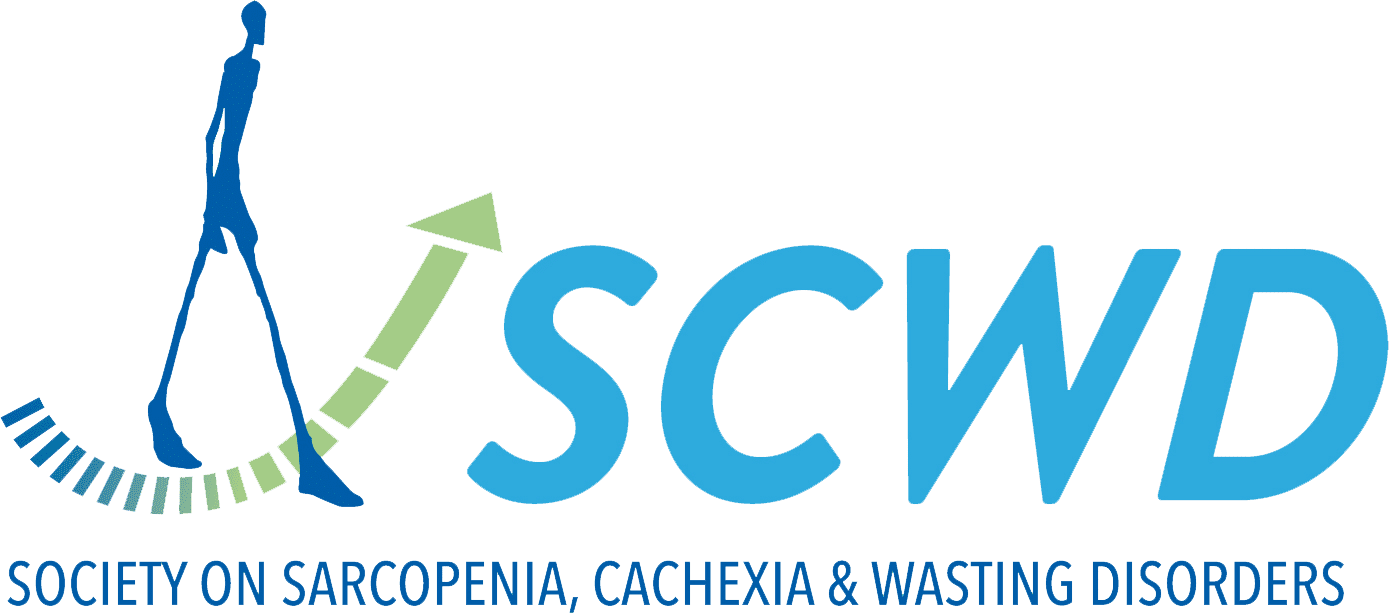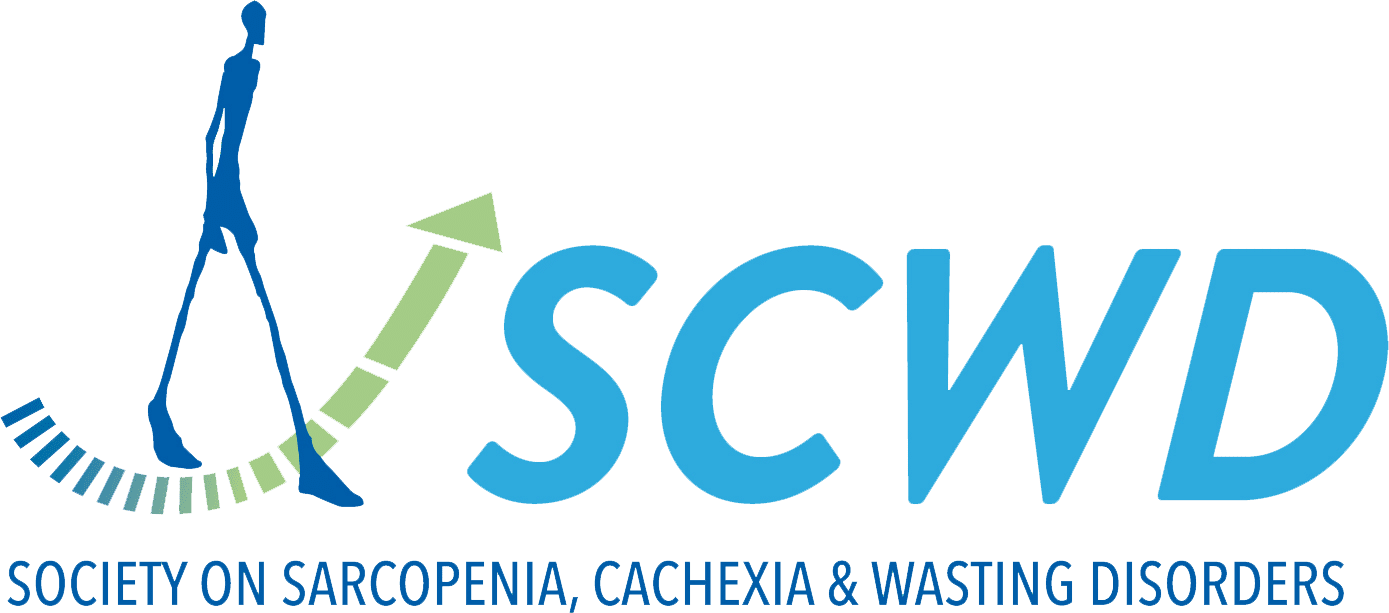Tumour-induced alterations in single-nucleus transcriptome of atrophying muscles indicate enhanced protein degradation and reduced oxidative metabolism.
Tumour-induced skeletal muscle wasting in the context of cancer cachexia is a condition with profound implications for patient survival. The loss of muscle mass is a significant clinical obstacle and is linked to reduced tolerance to chemotherapy and increased frailty....


